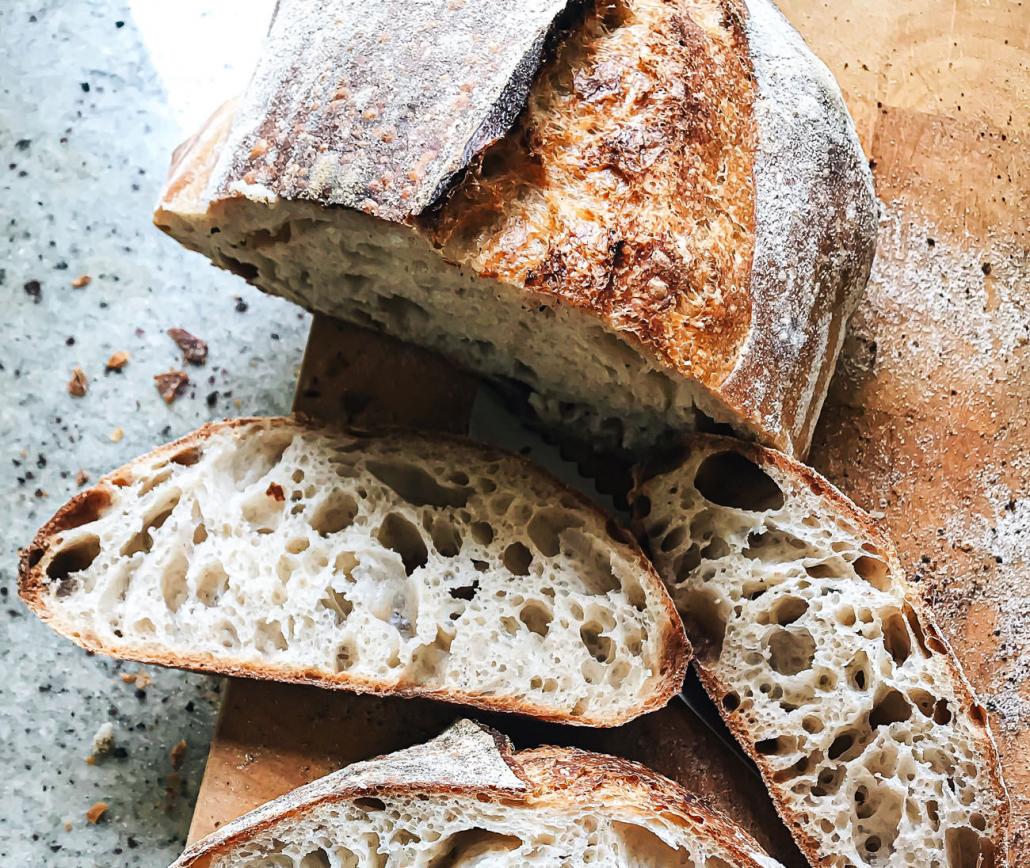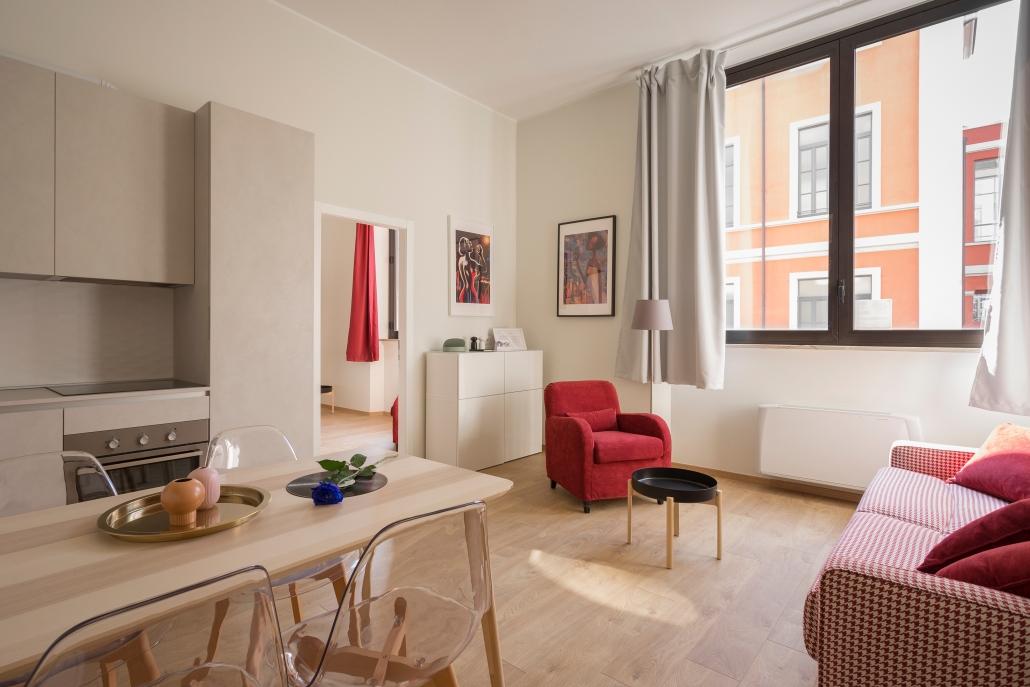A mortgage pre-approval is an important first step in the home-buying process. Having a pre-approval in hand tells you how much you can spend on a home, and it locks in the current low interest rate for up to 120 days, so you can shop the market knowing you’re insulated from rate hikes in the near future. If the rate drops, your lender should honour the new lower mortgage rate when you’re ready to make your purchase.
The amount that a financial institution is willing to lend for a mortgage depends on a number of factors. Your lender will check your financial standing to determine how much you can borrow, how much you can afford, and which loans might be best-suited to your specific circumstances. Applying for a mortgage requires a written application and supporting documentation, and it can be a slightly intimidating process. Here are three things lenders will want to know before giving you a mortgage pre-approval.
3 Requirements for a Mortgage Pre-Approval
The lender will check your credit score.
Knowing your credit score will give lenders an inside look at your credit habits and history and will help them decide if you’re a good candidate for a loan. You’ll be ranked on a scale of 300-900. Your rating gauges your financial health and indicates the level of risk you present to the lender. High scores are good news, and will typically secure a better mortgage rate, since you post a lower risk of defaulting on your mortgage payments.
The lender will check your employment history.
Lenders will ask for a list of your past employers, how long you’ve been with your current employer, and what your annual salary or take-home pay is. They want to make sure you consistently earn money with no major gaps in income, and that you can make regular mortgage payments over the long-term.
The lender will check your assets and debts.
Be prepared to show your past income tax records, recent bank statements and current debt amounts, including credit card balances, car loan, student loan or line of credit. Lenders want to know your debt-to-income ratio to determine if you can make each loan payment based on the income you earn and your other financial obligations. The lender will also require proof of your down payment.
Many lenders offer a mortgage pre-approval online, so the process is simple. Find a mortgage lender that you’re comfortable with. Have more questions about the home-buying process, or ready to move forward with your purchase? Contact me today!
Source: RE/MAX Blog







